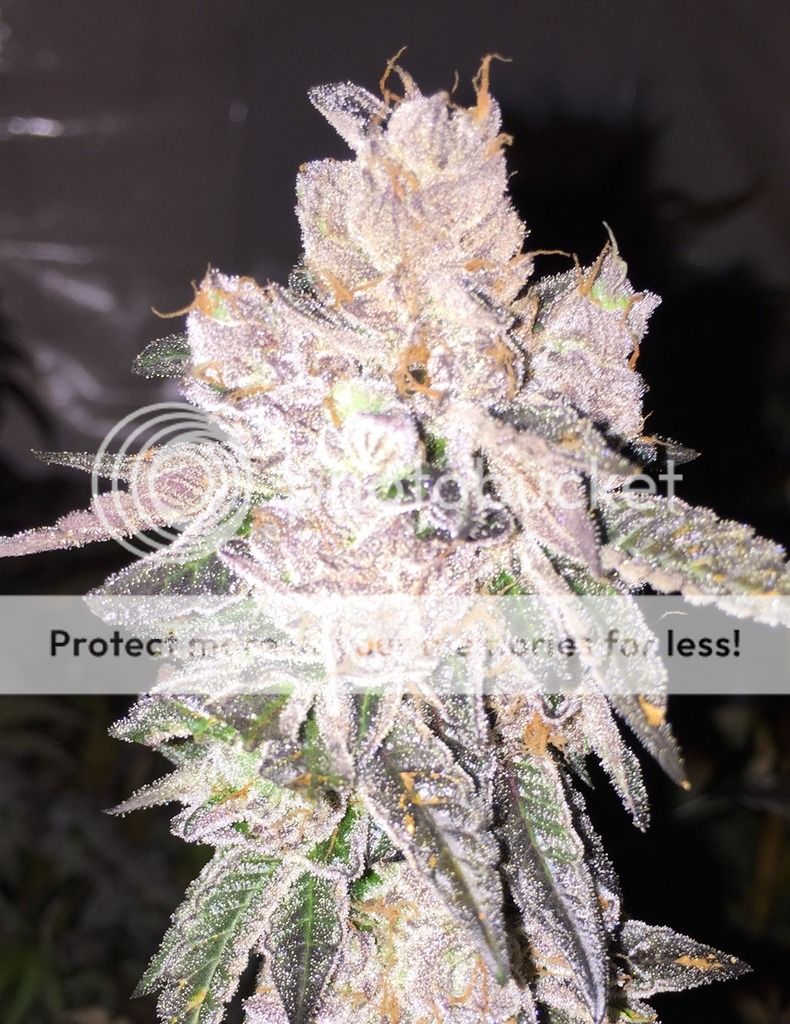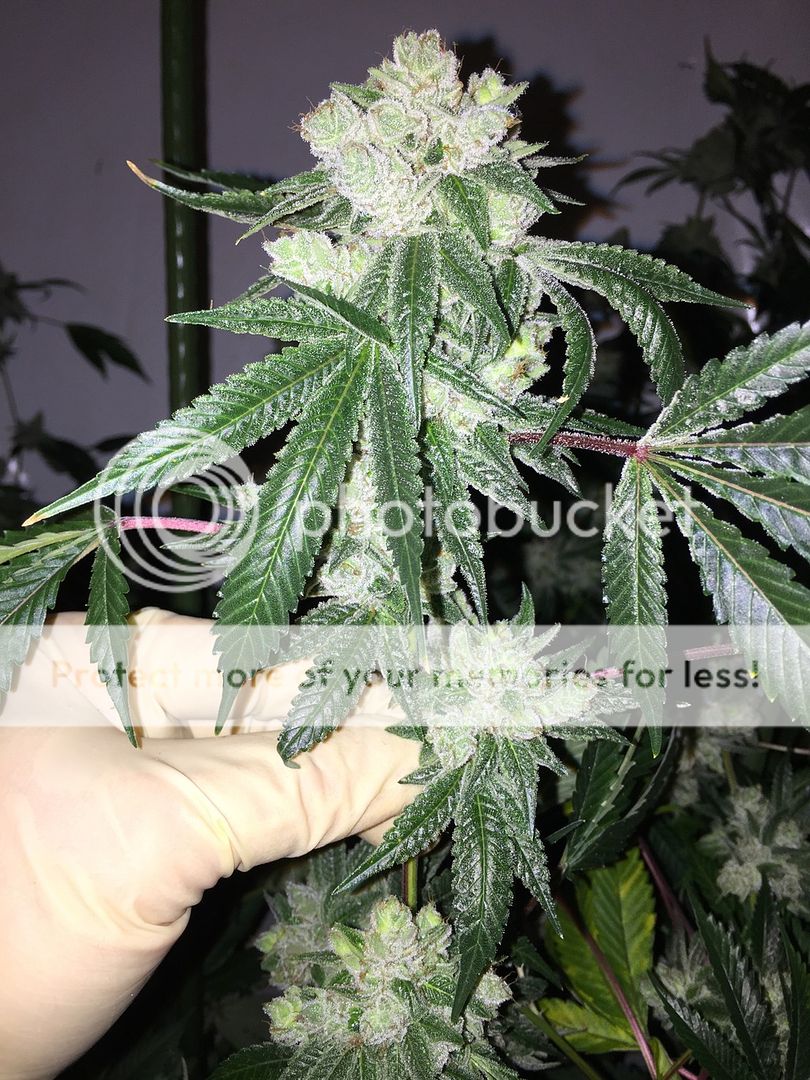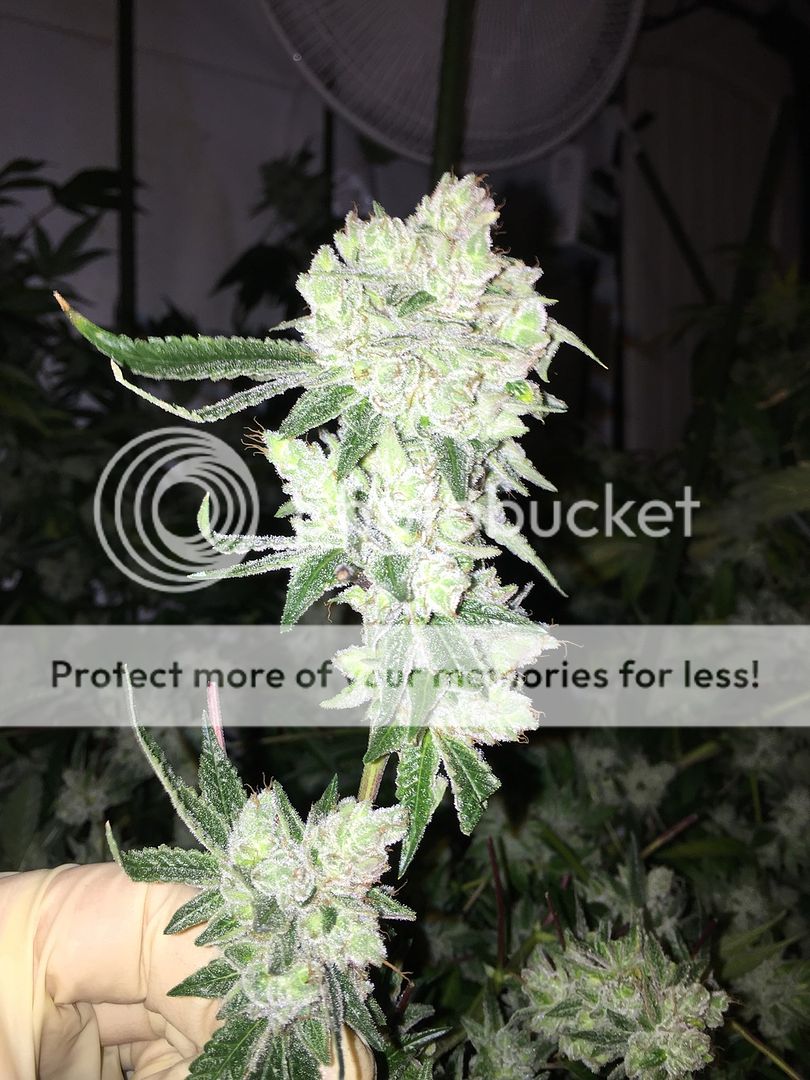After reading the "midday depression" portion of the first post I felt it was necessary for me to "intervene".
Exceeding a plants "light saturation" has little to no negative effect on photosynthesis. It is the heat associated with light that causes "midday depression". This is fact and explored here-
"In a growth chamber that simulated field growth conditions, photosynthesis declined dramatically when the temperature was higher than 32 °C. Photosynthesis was also reduced when photosynthetically active radiation (PAR) exceeded
the saturating point of Oncidium. Gower Ramsey, which is about 250 μmol·m-2·s-1. However,
the reduction was slight when PAR was under 500 μmol·m-2·s-1. Daily photosynthetic patterns were changed when Oncidium Gower Ramsey was grown under different environments. By regression, we found that MD was not directly associated with PAR within the range of 0–400 μmol·m-2·s-1.
By contrast, photosynthesis was significantly reduced when temperature was higher than 32 °C. This explains the observation of greater photosynthetic reduction and earlier occurrence of MD when OncidiumGower Ramsey was grown in rain-shelter rather than in phytotron and growth chamber, since temperature in the rain-shelter was not controlled, while the others were controlled at 25 °C.
When Oncidium Gower Ramsey was moved from 35 °C to 25 °C, the photosynthetic depression was relieved."
Link-
http://hortsci.ashspublications.org/content/41/4/1056.4.short
This happens due to stomatal constriction as the plant attempts to hold on to as much water as possible (it stops "sweating"). This also results in cellular depletion of CO2. Closed stomata, low internal CO2 volume, "droop", the plant halts photosynthesis, it is essentially "sleeping". This is also fact, explored here-
"Light - exerts strong control.
In general: light = open; dark = closed. ... (c) reduces internal CO2 levels which stimulates opening (see below)."
"Carbon dioxide - intracellular level is most critical. This is an important regulatory control.
lo CO2 (i.e., during the day, used by photosynthesis) = open (stoma)
hi CO2 (i.e., at night, produced during respiration) = closed (stoma)"
"Temperature - increased temperatures usually increase stomatal action, presumably to open them for evaporative cooling.
If the temperature becomes too high the stomata close due to water stress and increased CO2 that results from respiration."
Link-
http://employees.csbsju.edu/ssaupe/biol116/Botany/plant_gas_exchange.htm
By subjecting your plants to a 30 minute "lights out" period in the middle of your 12 hours "day" period, you are effectively imposing an "artificial" midday depression upon your plants, the very thing you are attempting to avoid. Also, by running your temps above 77F/25C (+ or - 2F depending on plant/strain) you are recreating the catalyst of midday depression, excessive heat. Only, this is not just at "midday", it is for the entirety of the "day" as this is the constant throughout your "lights on" period. So, not only are you forcing "midday depression" for 30 minutes, but you are intentionally subjecting them to "all day depression" with high temps.
Another negative effect of the high temps is that it lowers the plants light saturation threshold. High temps lower the plants ability to use "light" and perform photosynthesis. This is why we want to lower temps, maintain good air circulation over the leaves, and increase the availability of CO2. This increases the plants light saturation threshold, boosts it's metabolism, which means increased rate of photosynthesis.
CO2 also assists in maintaining temps at the canopy level (hopefully you have you meter mounted just above). Little known fact, CO2 is less heat conductive than O2. This means that the heat from your lights (which wants to rise anyways) is "circulated" easier/faster through the low CO2 air above the canopy, the heat has more difficulty "penetrating" the high CO2 air at and below the canopy.
Not attempting to knock anyone's methods, I just don't want any newbies to be steered in the wrong direction. We are all always learning, anything that benefits our mind and grow should be appreciated. I believe that even in "researching", many misinterpret, or simply do not understand, the research findings as they are presented.






